Introduction:
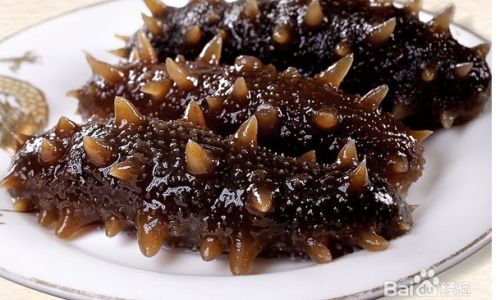
Sea cucumbers, scientifically known as Holothurians, are marine invertebrates renowned for their nutritional benefits and culinary delights across various cultures. These elongated, slender creatures are rich in essential nutrients such as proteins, vitamins, minerals, and various bioactive compounds that contribute to overall health and well-being. However, with the myriad varieties and quality grades available in the market, selecting the best sea cucumbers can be a daunting task for even the most discerning buyer. This comprehensive guide aims to demystify the process of selecting high-quality sea cucumbers, ensuring you get the most value for your money and enjoy the optimal nutritional and culinary experience.
Understanding the Types of Sea Cucumbers:
Before diving into the selection criteria, it’s crucial to understand the different types of sea cucumbers commonly available. The most popular species include:
- Stichopus japonicus (Japanese Sea Cucumber): Known for its firm texture and rich flavor, this species is highly valued in Asian cuisine.
- Apostichopus japonicus (Chinese Sea Cucumber): Similar to the Japanese variety but often larger in size, it’s widely used in traditional Chinese medicine and cuisine.
- Holothuria scabra (Sandfish): This species has a rough skin texture and is popular for its delicate taste and nutritional profile.
- Holothuria nobilis (Noble Sea Cucumber): Renowned for its large size and high gelatin content, it’s ideal for making seafood dishes and desserts.
Each type has its unique characteristics, and your choice should depend on your intended use, whether it’s for culinary purposes, traditional medicine, or as a dietary supplement.
Appearance and Texture:
-
Color and Skin Texture: High-quality sea cucumbers typically have a uniform color, ranging from dark brown to olive green. Avoid those with discolorations, spots, or an overly pale appearance, which may indicate spoilage or poor handling. The skin should be firm and slightly rough, indicating freshness and vitality.

-
Body Shape and Size: While size can vary depending on the species, generally, larger sea cucumbers are preferred as they tend to have more meat and gelatin. Look for sea cucumbers that are plump and evenly shaped, with no visible signs of shrinkage or dehydration.
-
Elasticity: Gently squeeze the sea cucumber to check its elasticity. Fresh sea cucumbers should bounce back slightly when pressed, indicating they are hydrated and full of natural juices.
Origin and Harvesting Methods:
-
Wild-Caught vs. Farmed: Wild-caught sea cucumbers are often considered superior due to their natural diet and environment, which contribute to their nutritional profile. However, farmed sea cucumbers can be a sustainable option if they are raised under ethical and environmentally friendly conditions. Ensure to ask about the farming practices if opting for farmed sea cucumbers.
-
Harvest Season: The best time to harvest sea cucumbers varies by species and geographical location. Generally, sea cucumbers harvested during their peak season are more flavorful and nutritious. Research the harvest season for the specific type you’re interested in to ensure you’re getting the freshest product.
Processing and Preservation:
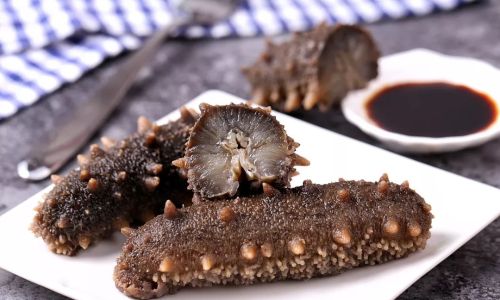
-
Dried vs. Fresh: Dried sea cucumbers have a longer shelf life and concentrated flavors but require proper rehydration before use. Fresh sea cucumbers offer a more delicate taste and texture but must be consumed promptly to avoid spoilage. Choose based on your immediate needs and storage capabilities.
-
Preservation Techniques: For dried sea cucumbers, look for those that are well-dried and free from mold, mildew, or excessive moisture. Fresh sea cucumbers should be refrigerated or frozen immediately after harvest to preserve their freshness.
Quality Indicators:
-
Certification and Labeling: Look for sea cucumbers that are certified by reputable organizations, such as Marine Stewardship Council (MSC) for wild-caught products or Aquaculture Stewardship Council (ASC) for farmed ones. This ensures they are sourced sustainably and ethically.
-
Smell and Taste: Fresh sea cucumbers should have a mild, oceanic aroma. Avoid those with a strong, fishy odor or an unpleasant taste, which may indicate spoilage.
-
Salt Content: Some sea cucumbers are preserved with salt to extend their shelf life. While a small amount of salt is acceptable, excessive salting can mask the natural flavor and reduce nutritional value. Check the labeling for salt content and opt for lower-salt options if possible.
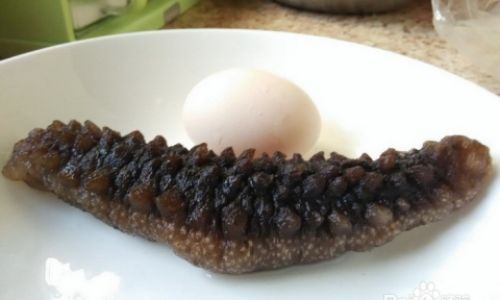
Price and Value:
While high-quality sea cucumbers may come at a premium, remember that price is not always an indicator of quality. Compare different products based on the criteria mentioned above and consider the overall value, including nutritional benefits, taste, and sustainability. Sometimes, a slightly higher price can be justified by superior freshness, ethical sourcing, and minimal processing.
Conclusion:
Selecting high-quality sea cucumbers involves a combination of understanding the different types, assessing appearance and texture, considering origin and harvesting methods, evaluating processing and preservation techniques, and checking for quality indicators. By following this comprehensive guide, you can ensure you’re getting the best sea cucumbers available, whether for culinary enjoyment, health benefits, or traditional medicinal use. Remember, the key to a satisfying experience lies in informed decision-making and attention to detail. Happy selecting!
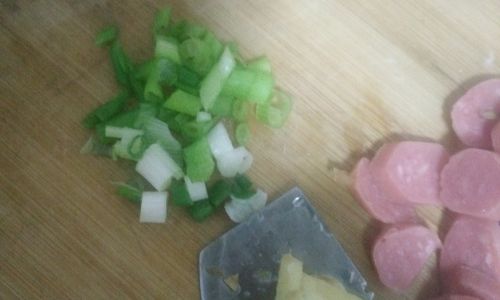


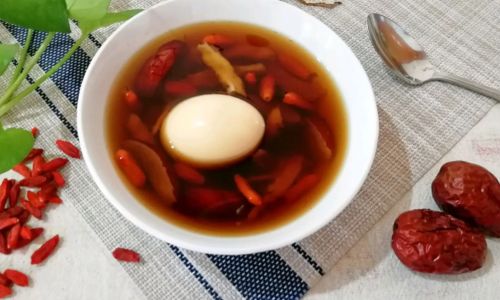

0 comments